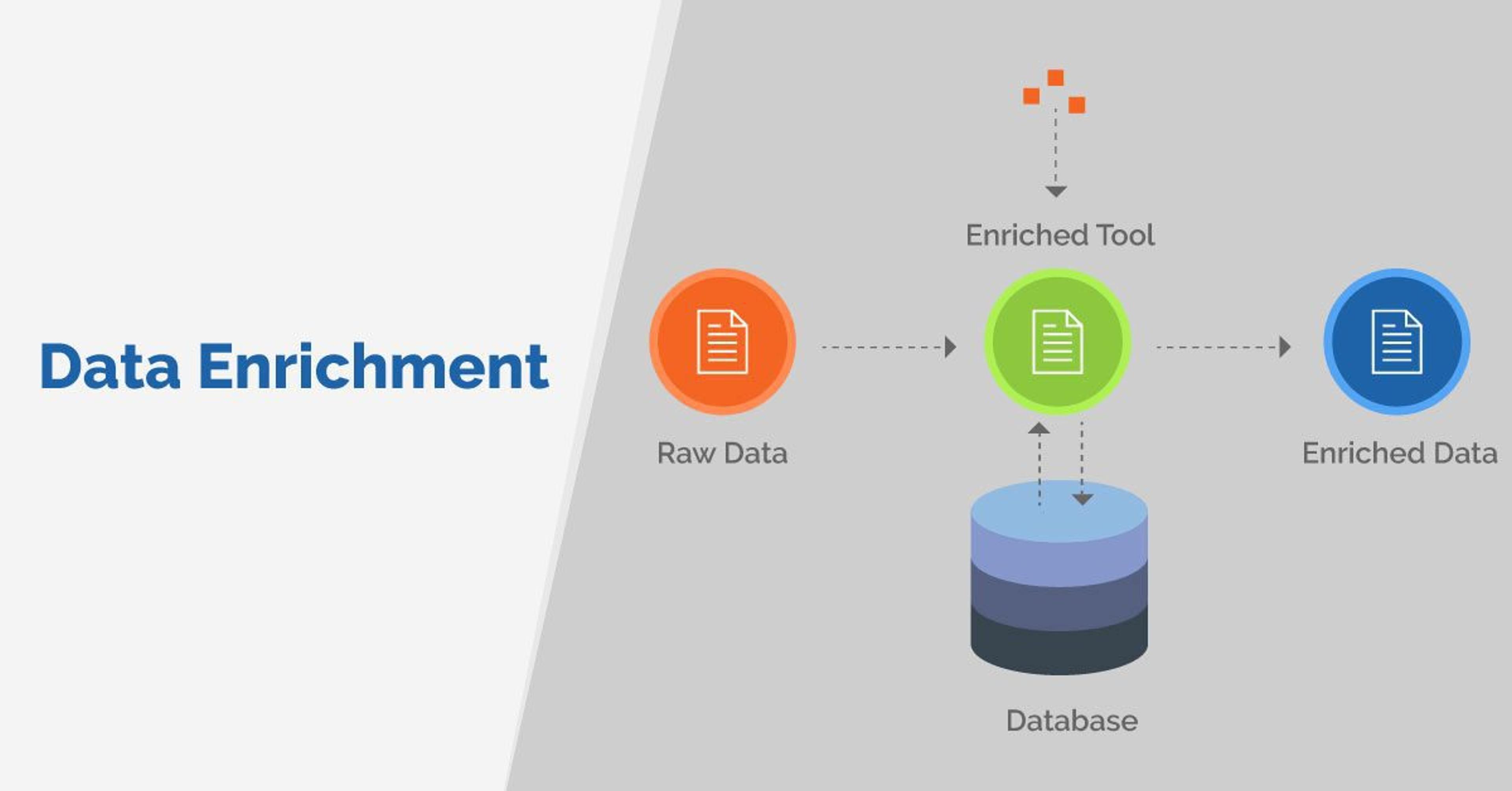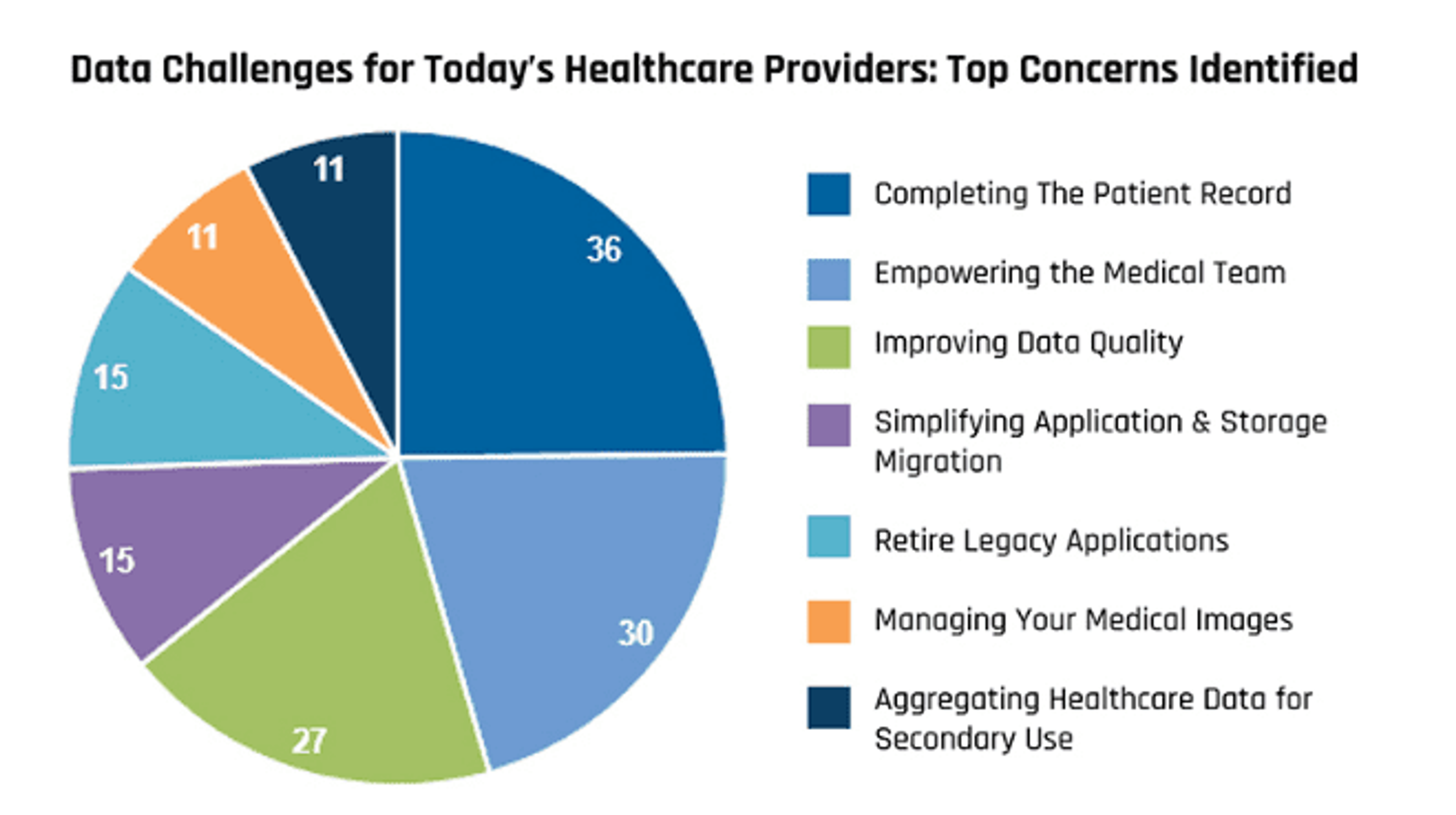blog
The Quick Guide to Third Party Data Enrichment

SECTIONS
In healthcare and life sciences, the power of data is undeniable. Yet, as vast and detailed as internal datasets might be, they often only tell part of the story. Enter third-party data enrichment—a technique that supercharges these datasets by integrating external information, transforming them into more insightful resources.
In this article, we’ll cover the ins and outs of third party data enrichment for healthcare and life sciences organizations, including its key benefits and how you can execute the process.
Key Takeaways:
- Third party data enrichment enhances datasets by adding information from third-party sources.
- In healthcare and life sciences, this process is critical for gaining complete information on things like patient medical histories and research potential.
- Benefits of third party data enrichment include broader perspectives, innovative insight, enhanced research, and data validation.
- Third party data enrichment requires the support of specialized software tools with algorithmic analysis capabilities.
What is Third-Party Data Enrichment?
Data enrichment is the process of enhancing and refining raw data by adding information or correcting inaccuracies to increase its value. It transforms data into a more insightful and actionable asset, allowing for better decision-making and strategic planning.
Third-party data enrichment goes a step further by sourcing this additional information from external providers or databases. Instead of solely relying on internal data, organizations seek external sources to complement and expand their existing datasets. This not only fills in the gaps but also validates the accuracy of the current data and provides additional context.

Image Source
For healthcare and life sciences organizations, third-party data enrichment can have many applications, such as:
- Patient Care: Complementing patient records with additional medical histories, health metrics, or other relevant data can offer a fuller understanding of a patient’s health.
- Research and Development: In life sciences, enriching research data with external information can enhance understanding of patterns, trends, and connections.
- Operational Efficiency: By adding external demographic, geographic, or socioeconomic data, healthcare providers can improve resource allocation, patient outreach, and healthcare delivery, leading to better outcomes.
- Compliance and Reporting: Ensuring that patient and research data is accurate and comprehensive is crucial for compliance with regulations and for producing reliable reports. Third-party data enrichment helps in validating and bolstering this data.
The takeaway: While data enrichment in itself is a powerful tool, the incorporation of third-party data amplifies its potential, especially in sectors such as healthcare and life sciences, where the quality and completeness of data can directly impact patient outcomes and organizational success.
Why Benefits of Third-Party Data Enrichment for Healthcare and Life Sciences
The healthcare and life sciences sectors deal with some of the most complex and critical data. Every piece of information has the potential to impact patient care, drive research, or influence operational decisions. However, solely relying on internal data can often lead to a narrow view, missing out on holistic insights that third-party data can provide.
For example: Completing the patient record is the top data-related challengeOpens in a new tab for healthcare providers, even rated above other complex challenges like application management and data aggregation. Without third party data enrichment, providers would have to make decisions with incomplete information.

Image Source
With this in mind, here are some of the most important benefits third-party data enrichment can deliver for organizations in these sectors:
- Broader Perspective: While internal data gives a snapshot of a patient’s health or a particular research subset, third-party data can offer a more panoramic view. It helps in understanding broader health trends, environmental factors, or global research patterns which are vital for comprehensive decision-making.
- Validation and Reliability: Integrating third-party data can act as a cross-check for internal records, ensuring accuracy. For instance, cross-referencing patient information with external health databases can confirm diagnoses or treatment histories.
- Innovative Inputs: As technology advances, there’s an influx of patient-generated health data from sources like wearables, smart devices, and health apps. Integrating this data provides real-time insights into patient health, lifestyle patterns, and treatment adherence.
- Enhanced Research: For life sciences, third-party data can be a goldmine. Data from global clinical trials, research publications, or patient demographics can significantly enhance the scope and relevance of studies.
How Does the Data Enrichment Process Work?
Incorporating third-party data enrichment into your strategy requires knowing the right steps to follow. Below is a detailed breakdown you can follow:
1. Collect Your Data
Begin with your existing datasets. This foundational data serves as the base upon which additional details will be layered. In healthcare and life sciences, this might encompass patient records, historical treatment data, or first-party research data.
2. Identify Gaps
Analyze your datasets to identify areas lacking depth or details. Recognizing these gaps is crucial, as it establishes the direction for your third party data enrichment efforts. In a healthcare context, these may include missing treatment histories, unknown drug interactions, or omitted personal details.
3. Select Your Sources
Choosing the right third-party data sources is paramount. Look for those that are reliable, reputable, and relevant. For healthcare and life sciences, sources might include public health databases, clinical trial records, datasets from wearable health devices, genomic registries, medical literature, insurance claims databases, public health surveys, and more.
4. Match Data
This step is where the magic happens. Advanced algorithms and specialized software tools facilitate the alignment and merging of third-party data with your initial dataset. For example, patient profiles in your system can be matched against clinical trial records to append data about their participation or results.
5. Verify Data
Accuracy is non-negotiable. Post-enrichment, it’s imperative to verify the added data for consistency and accuracy. This ensures that no erroneous information has been integrated. In healthcare and life sciences, that kind of mistake can have severe implications, hence this step’s importance cannot be understated.
6. Integrate Data
With verification complete, the enriched data is folded back into the primary database. This integration ensures that every relevant record is updated with the new details, providing a richer and more detailed dataset for healthcare professionals to draw upon.
7. Continuously Update
Data is dynamic. Patients undergo new treatments, new research emerges, and health conditions evolve. To maintain your dataset’s accuracy and relevance, periodically revisit the third-party sources and update the enriched data.
Regularly scheduled reviews can help maintain data integrity, ensuring that healthcare decisions are based on the most current information available.
Streamline Third-Party Data Enrichment with Gaine
Gaine’s Coperor Platform can help you level up your data enrichment process for more sophisticated insights. Coperor makes match/merge decisions based on a wide range of data and activities prevalent in healthcare and life sciences.
With its roots in healthcare and life sciences, the affiliated data sources that Coperor is designed to take advantage of in its algorithms include claims data, data collected in marketing touchpoints, clickstream activity followed by various personas, de-identified data from a variety of sources, and more.
Start your real-time Coperer demo today.
